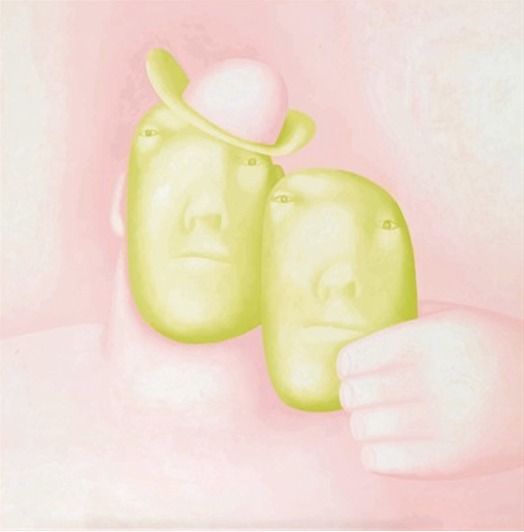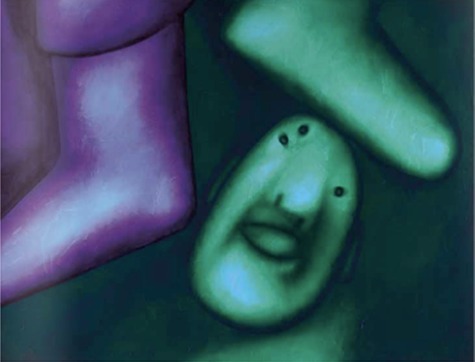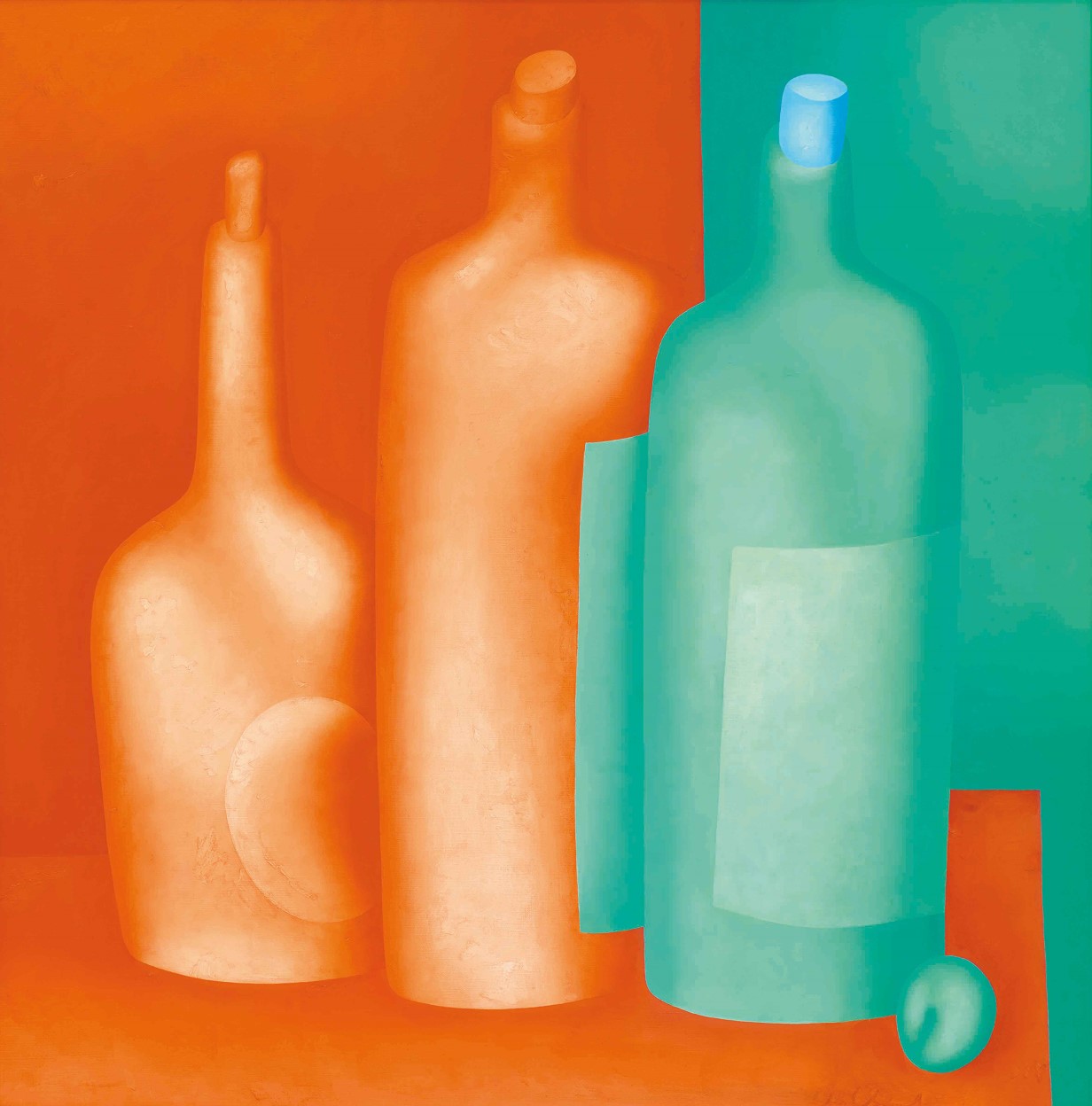REVIEW: Alter Ego by Oleg Tselkov at Alon Zakaim Fine Art
Above: Oleg Tselkov, Face with Hand, 2002 / Courtesy of Alon Zakaim Fine Art
“Where do we come from? What are we? Where are we going?” These eternal questions have been disturbing artists’ minds long before the end of the 19th century, when Paul Gauguin created his famous work of the same name, and they will remain of vital importance for future generations. In his personal search for a possible answer, Oleg Tselkov, a Russian artist, tries to reveal the true nature of an individual, using a striking and distinctive visual language. A significant number of his oil paintings created during the last 30 years is currently on display at Alon Zakaim Fine Art gallery, presenting an opportunity to appreciate the work of one of the most significant artists of Russian Non-conformism.
Starting his artistic career in the Soviet Union shortly after the Second World War, Oleg Tselkov quickly understood that Social Realism, being a dominating visual style, did not satisfy his creative vision. Being influenced by the visual language of Kazimir Malevich and the bright colours of Russian folk art, Tselkov separated himself from the official Soviet painting school, striving to explore human nature in the way he saw it, not the way he had been told to do. The Portrait (1960) became the artist’s first work in a style that would be explored and developed throughout his long career.

Oleg Tselkov, Portrait with mask, 2002/ Courtesy of Alon Zakaim Fine Art
The display takes up two floors of the gallery, showcasing recent works by Tselkov. “…I have never created a portrait,” claims Tselkov in his October interview. Surprisingly, once in the gallery, visitors find themselves surrounded by endless faces, pictured in bright, even acid colours. Some of them silently watch the visitors (Portrait with mask, 2002); some directly confront them (With Shovel, 2000); some cry for help (Legs with head, 2011). In his works Tselkov does not show a specific person with recognisable human features, but instead reduces it to a golem-like figure, stripping the external features to get to the core of its nature. The artist wants to take off the masks of social conventions, but how many of them one wears these days? The process of freeing oneself can be a very painful one, as shown in Foursome with knife, 2002, but what is left afterwards, if not another mask?

Oleg Tselkov, Legs with head, 2011/ Courtesy of Alon Zakaim Fine Art
Faces are constant features of Tselkov’s work, however, he also creates still lifes, one of which is displayed here. At first sight Bottles, 2000, is a simple representation of everyday objects, though Tselkov does not change his artistic method here. Thus, inanimate objects gain the fleshiness and softness, similar to the depiction of the bodies in other works. Only one thing is really different – the absence of a face.
Placed alongside images of living creatures, this still life makes one speculate on whether the artist wants to show that a human face, a reflection of emotions and reactions, is the most significant feature of a true human, the ‘mirror of one’s soul’.
A special mention should be made about the display at the exhibition. The unconventionally black walls of the gallery space serve as a perfect backdrop for Tselkov’s works charged with bright colours. The light makes them spring out of the wall, calling for visitors’ attention, and the absence of frames intensifies this effect. One may argue that the light is too bright, but at the same time it forces visitors to step back and appreciate the works in their dazzling brilliance.
Works by Oleg Tselkov are held in public and private collections in Russia and abroad, but it has been nearly twenty years since the British audience has had a chance to enjoy the artist’s personal show. Despite the number of publications and reproductions of Tselkov’s works it is almost impossible without seeing the original work to fully grasp his distinctive style, expressed not only in the subject, but also in the variety of brushwork employed. The display at Alon Zakaim Fine Art is a good opportunity to become familiar with contemporary Russian art that talks about universal values.
The exhibition is on view until 28 November 2014.

Oleg Tselkov, Bottles, 2000 / Courtesy of Alon Zakaim Fine Art
A version of this review was originally published on Russian Art and Culture.